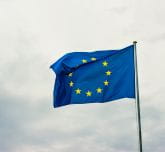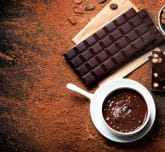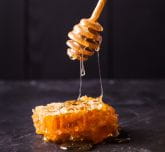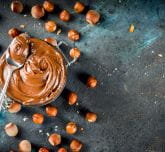The worldwide sweet grocery product market
With their label as a comfort food and an undisputed source of enjoyment, sweet groceries are definitely one of the most indulgent sectors in the food industry. These sweet treats make up our desserts, afternoon teas and breakfasts.
Sweet groceries comprise biscuits (dry biscuits, cakes, breakfast, chocolate and fruit), cookies and other teatime products. Everything revolving around confectionery and chocolate, including chewing gum, also falls within this market segment. It also includes sugars and flours, fruit in purée and tinned form, and rusks, bread and other bakes for breakfast.
Since the market drop caused by the 2008 recession, the sector has picked up again, partly driven by sales in Western Europe, North America and Russia. The global confectionery market, for example, amounted to $1.5 billion in sales in 2022 (source: Statista), 29.6% of which generated in Western Europe, notably due to the Italian Ferrero, the German Haribo and the Swiss firms Nestlé and Lindt.
Europe also stands out as the biggest chocolate consumer in the world. Leading the way is Switzerland with 10.6 kg consumed per capita per year (source Statista, 2023). Behind Switzerland are Austria, Estonia, Ireland and Germany. Chocolate products (chocolate bars, spreads, individual chocolates, etc) have less of a following in Asia. Only Russia and Japan consume more than 2 kg per year and per inhabitant. And the average Chinese consumer, for example, does not eat more than 100 g per year.
France and sweet groceries
With its reputation for an inclination towards - and proficiency in - good food, France is naturally a key market for sweet groceries. A survey conducted by IPSOS for Régal and Kenwood revealed that French people are more motivated by taste and pleasure than by low-calorie food. They also seem to prefer sweet food over savoury.
French consumers are particular fans of spreadable products (spreads, honeys and jams), where the market turned in some solid performances in 2022. Consumption of honey rose by nearly 20% between 2019 and 2020, and the jam market grew by 1.2%.
The sweet spreads market is on an upward trend, with supermarket sales up by more than 10% between 2017 and 2020. In addition, the health crisis that broke in 2020 boosted the sector's development, with sales up 10.8% in value terms in 2020, and volumes up 8.8%. All segments of the market are growing, particularly the non-chocolate spread segment, which jumped by more than 25% in 2020 alone. (LSA)
Breakfast products were the best-selling sweet grocery product in France in 2023 (30% of total sweet grocery sales), closely followed by confectionery (Statista). Between 2020 and 2022, the confectionery market saw its sales increase by 20% in France.
While the French will always be indulgent consumers, they are nonetheless becoming aware of the effects of their eating habits on their health and the environment. As in other sectors, sweet groceries are therefore gradually converting to organic, locally-sourced and high quality products. Buy less, buy better, with the result that certain controversial additives have been disposed of, and many brands have changed their recipes to remain competitive. The famous firm Haribo for example brought out sweets with 30% less sugar, and free of colourings and artificial sweeteners.
With this healthy trend growing in sweet groceries which nonetheless remain high on sugar, butter and fat, French consumer habits are changing. Indeed, the “health food” segment was one of the fastest growing categories in 2022 with a market growing by more than 8%.
Another outstanding performance comes from the chewing gum and bubble gum sector. Although this sector recorded a decline of -5.8% in 2017 (a fall that had been ongoing for several years), it recovered to post growth of +9% in 2022.
SIAL, an essential touchpoint for sweet groceries
To get up-to-date on all the innovations in the sector and gain international visibility, all the market players in sweet groceries meet up at SIAL Paris. At the last edition in 2022, 888 exhibitors displayed a sweet grocery offer. In total, this segment covered an impressive surface area of 14,000 m².
Among the exhibitors in attendance were the French firms Andros, Tereos Sucre, St-Mamet and Jacquet-Brossard. But the vast majority (88 %) of sweet grocery exhibitors came from abroad. The Polish firm Wawel SA, the German company Mestemacher, the Dutch Corporation Brinkers Foods and the Italians Freddi Dolciaria and Rigoni d’Assiago all featured in the exhibitor list.
Your dedicated sales representative
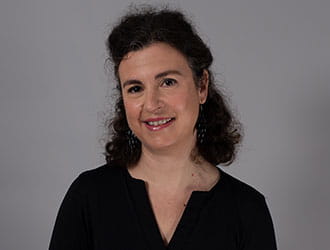
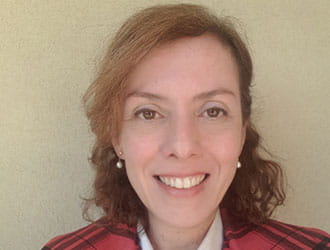


Other sectors presented at SIAL
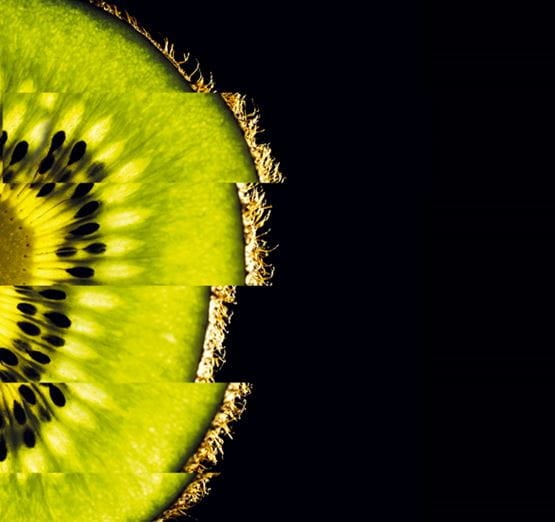
INSPIRING FOOD BUSINESS WORLWIDE
- Food & Drinks Malaysia - Kuala Lumpur
- SIAL Canada - Montreal
- SIAL Canada - Toronto
- SIAL Paris - Paris
- SIAL in China - Shanghai
- SIAL in China - Shenzhen
- SIAL in India - New Delhi
- SIAL Interfood - Jakarta
- Gourmet Selection - Paris
- Cheese & Dairy products show - Paris
- Djazagro - Algiers


